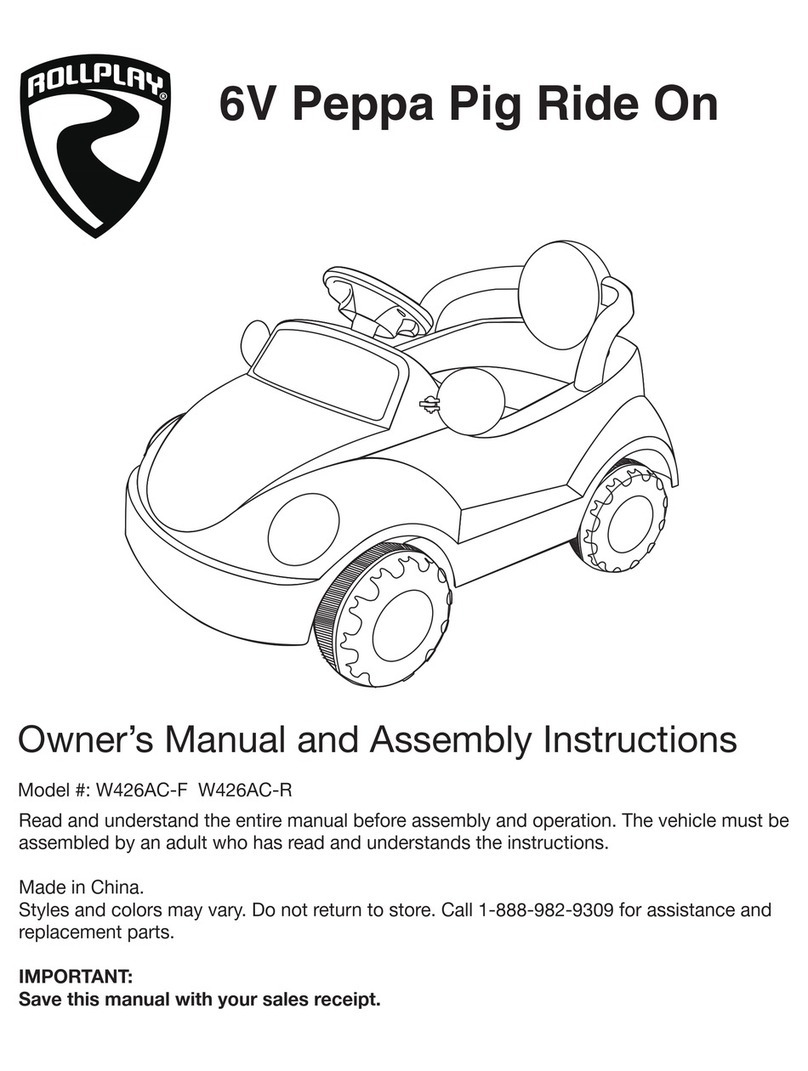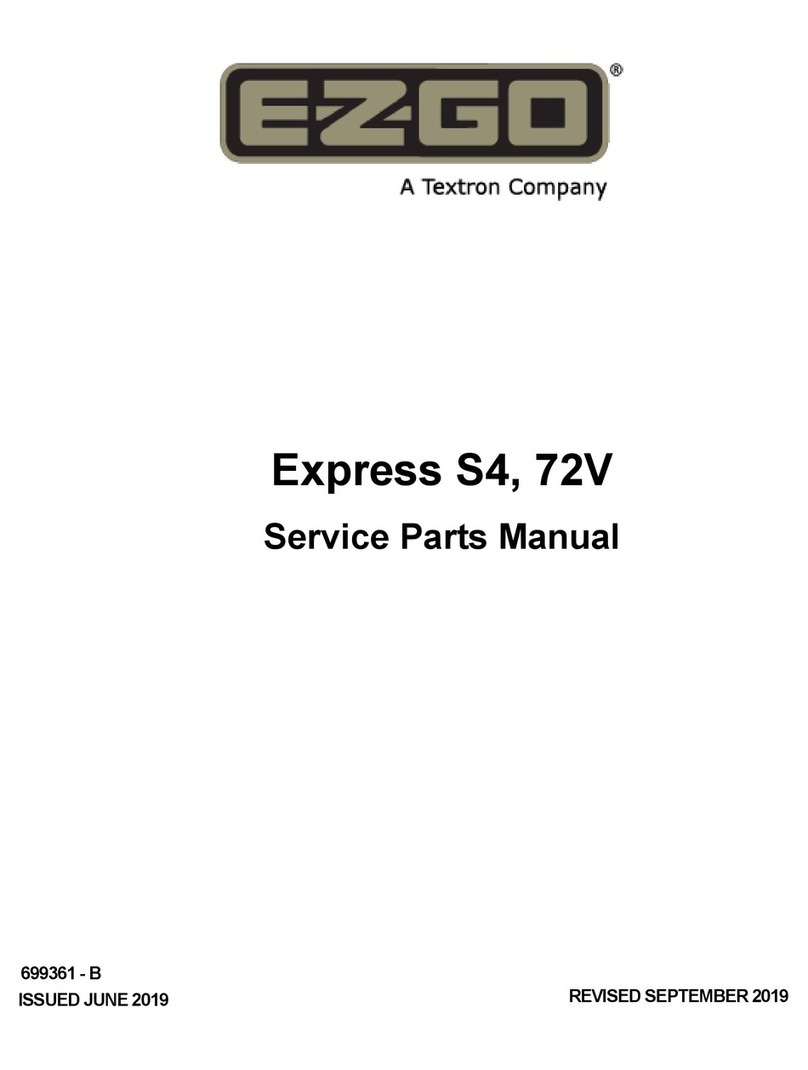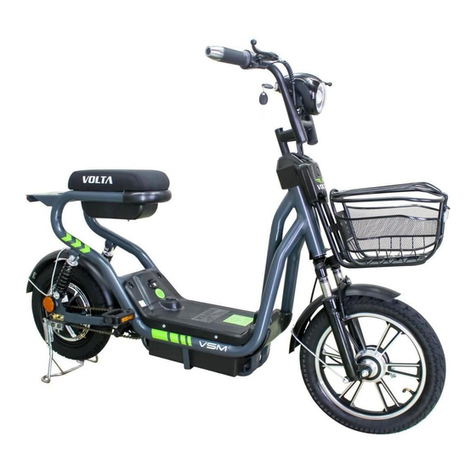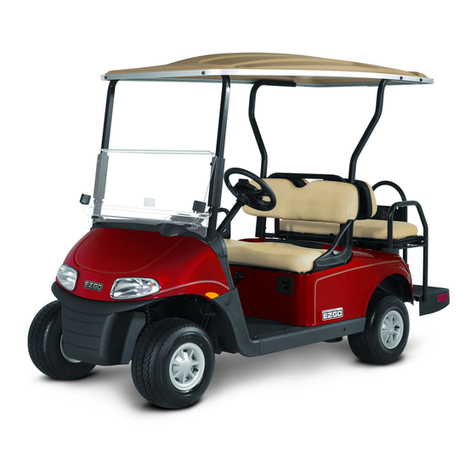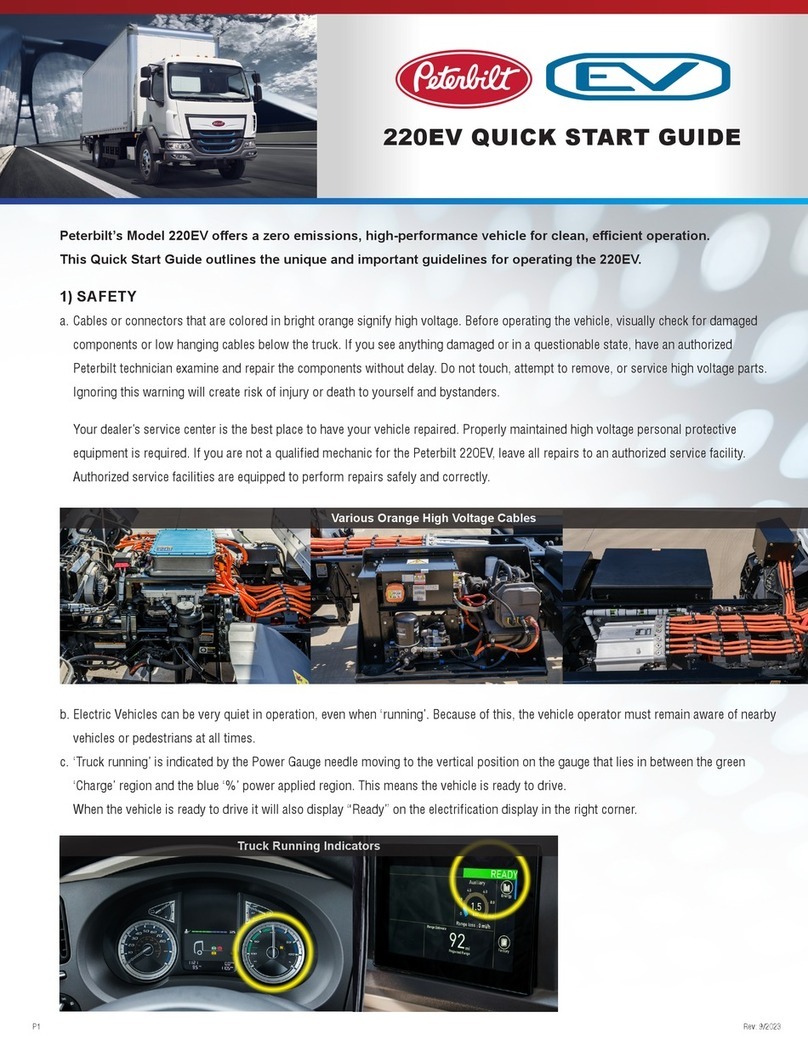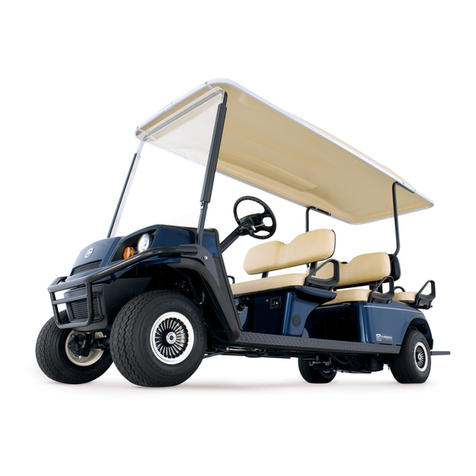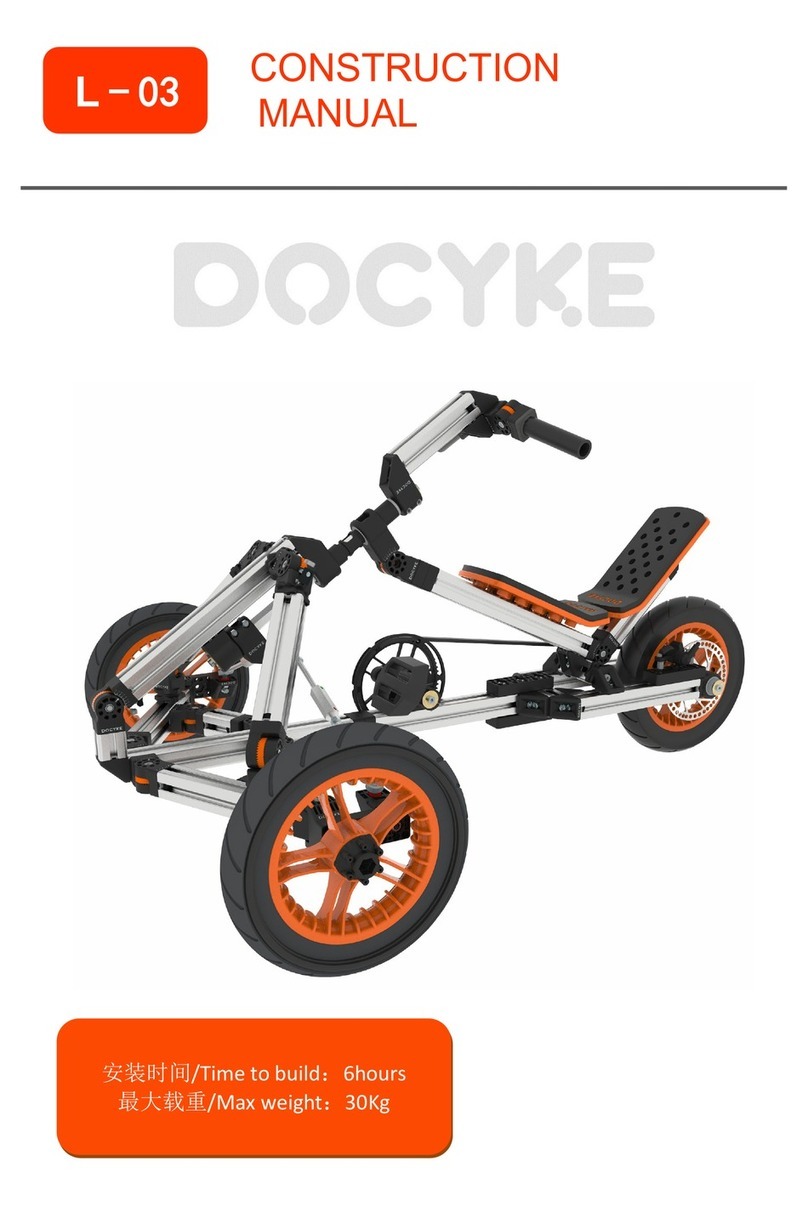
Safety is First
For your safety, please read this manual in its entirety and watch the instructional DVD, before you use the
Solowheel.
▲WARNING: Always inspect the Solowheel prior to use. Properly inspecting and maintaining your product
can reduce the risk of injury. Always check the battery charge before using the Solowheel.
▲WARNING: Check local laws and regulations to see where and how you may use your Solowheel legally. In
many state and local areas, riders of wheeled products may be required BY LAW to wear a helmet and other
protective gear. Always wear a helmet when riding. Use an approved bicycle or skateboard helmet that fits
properly with the chin strap in place and that provides protection for the back of your head.
▲WARNING: Avoid obstacles and slippery surfaces which could result in a loss of balance or traction and
cause a fall. See the chapter on Terrain for more guidelines.
▲WARNING: Do not lift the Solowheel off the ground when the unit is turned on. This will cause the wheel to
spin freely which could result in injury to yourself or damage to things around you.
▲WARNING: Do not modify the Solowheel. Modifications could interfere with operating the Solowheel and
could result in serious injury and/or damage. Modifications void the Solowheel's Limited Warranty.
▲WARNING: The maximum weight of the rider, including any backpacks or other items that might be carried,
must not exceed 220 pounds (100 kilograms).
▲WARNING: Since the Solowheel balances by accelerating in response to your leaning forward, if you lean
too far forward too quickly, the motor will not be able to catch up with you and you may fall.
▲WARNING: Never drink and drive. This goes for the Solowheel as well.

